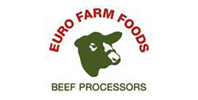Since its foundation in 1991, Green Farm Foods have continuously expanded over the past two decades to meet growing demand for their food products. Today the company employs just over 100 people at a 4,000 sq. metre facility in Rathowen, Co. Westmeath in Ireland. Green Farm Foods specialise in the production of premium-cooked consumer foods for companies like Supervalu, Centra, Dunnes Stores, Tesco, Londis, Spar and Superquinn in Ireland.
Green Farm Foods growth plans included a requirement to utilise the latest technologies to allow for increased production capacity, higher standards and more innovative products. To help deliver this goal, Green Farm Foods contacted Emydex in April 2012 with a view to installing an Emydex Production Management system to capture, manage and report on production data across the plant from door to door.
Two project phases included replacing their AMPS warehousing intake and dispatch system in Phase 1 and later replacing their existing Scanvaegt Packing stations in Phase 2. The Emydex system is also integrated to their Pegasus Opera Financial System to synchronise master data files such as product, suppliers, customers, customer pricing and labelling, as well as to receive notification of all POs for pending goods to be received. Sales orders are currently keyed directly into the Emydex system.
“Similar to our other customers, Green Farm Foods had a few specific requirements we hadn’t previously built, that did not exist in our standard Packing and Processing module” said David McMahon, Emydex CEO. The Emydex Packing module incorporated two standard packing modules that include (1) box weighing and labelling followed by containerising/labelling at pallet level and (2) pack weighing and labelling followed by containerising at box level. Green Farm Foods had requirement for a 3rd variation of packing whereby it would be possible to pack multiple-products into a box, followed by box labelling. “Given the inherent flexibility of the Emydex system, we were able to code the changes for Green Farm Foods into their customer specific layer of business logic. Should other customers also look for similar functionality in the future, this feature may well end up as a standard feature of our Emydex Packing & Processing Module but this decision will very much depend on customer demand” added McMahon.
Another difference was that Emydex Dry Goods Intake functionality traditionally works over handheld scanners, whereas Bulk Intake took place over a fixed point terminal and scales. Green Farm Foods had a requirement to Intake both Dry and Bulk Goods on fixed point terminals, so again this was customised to suit their requirements exactly. “At this stage after 8 years of continuous product development, refinement and enhancement we pretty much have everything that any food processing customer could wish to look for, but if we don’t we can develop it quickly and easily given the flexible nature of the technology platform the Emydex system is built on”.
Commenting on the final phase of the project going live in August 2012, Robert Patton, Financial Controller with Green Farm Foods said “with Emydex we were able to replace our previous systems with minimal fuss and down-time, and with little requirement for operator retraining. Given Emydex is an open system we were able to reuse much of our existing hardware and were able to minimise the need to purchase any new hardware.”
“Green Farm Foods now have a fully functioning production management software system that covers all aspects of our production process within a single system. With Emydex we can create any number of warehouses and locations ourselves to track and control stock. We can Intake bulk, dry goods and packaging stock, we can build, break-down and rebuild pallets as required, we can scan stock from each and every stock location to any other location, we can issue To Production, issue From Production, Write-off and Dispatch stock. On the reporting side we now have the ability to run live Yield reports across various stages of our production process, in addition to the entire plant. Emydex were also able to implement their out-of-the-box stock reconciliation system without any fuss or difficulty”.
For more information on the Emydex system click here or contact Emydex on +353 1 8855990






